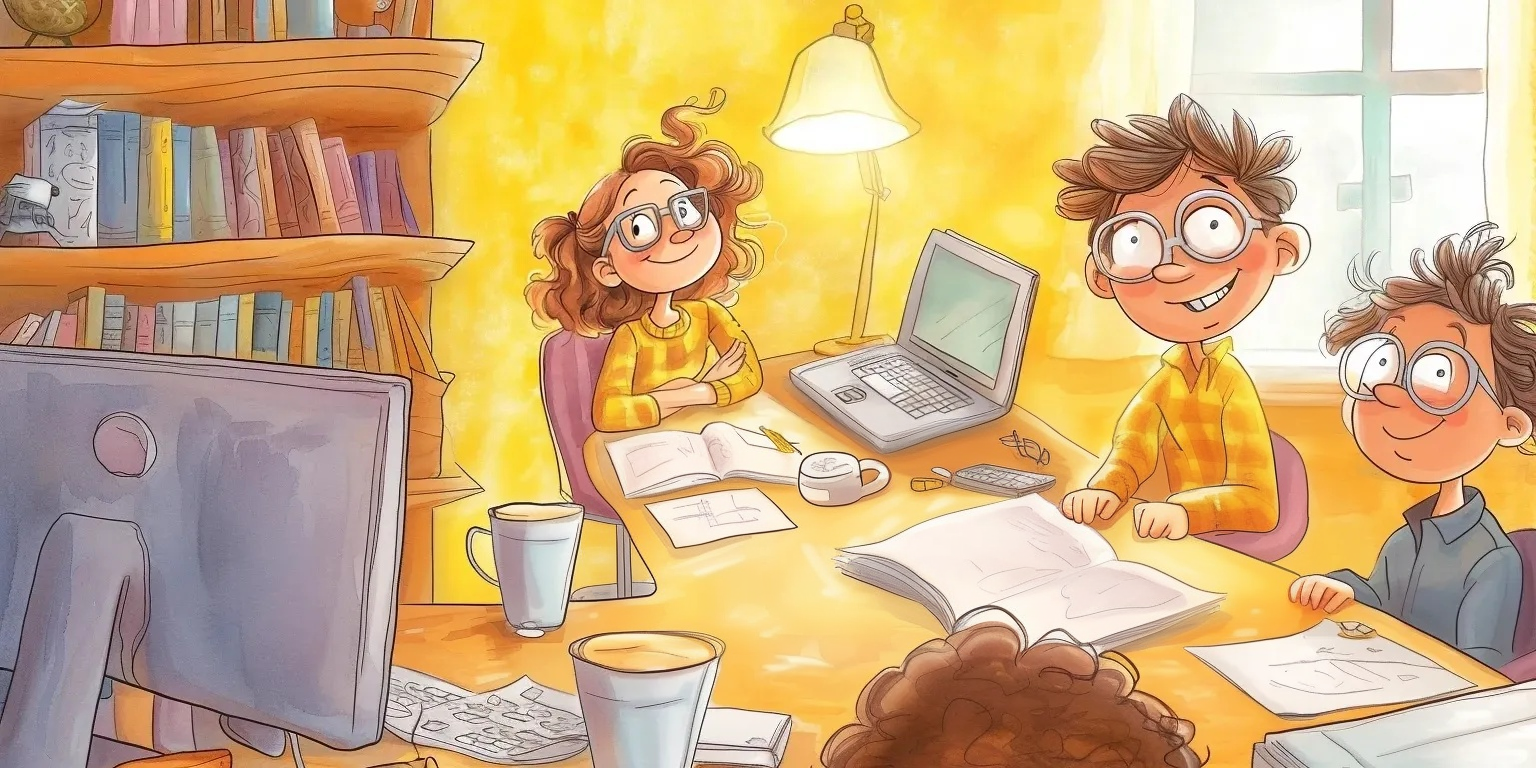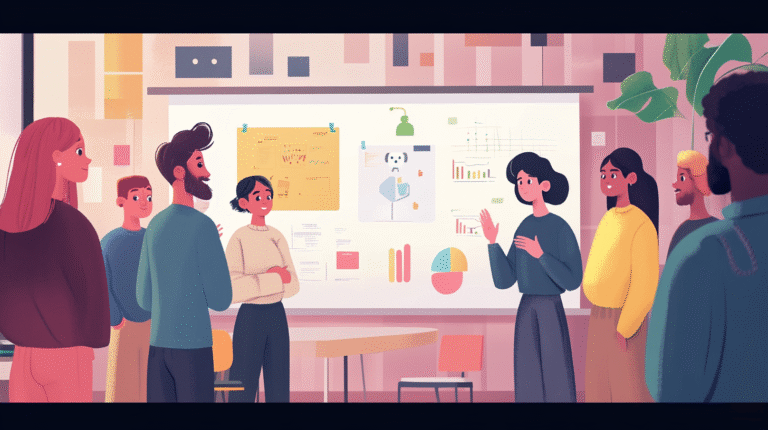From Resistance to Enthusiasm: Building Your AI-Ready Culture
The biggest challenge in AI adoption isn’t technical – it’s cultural. As organizations integrate AI into their workflows, success depends less on the tools themselves and more on how teams embrace and adapt to these new capabilities.
Let’s start with a fundamental truth: change is uncomfortable. When teams hear about AI integration, reactions often range from skepticism to genuine concern about job security. These reactions are natural and addressing them head-on is crucial for building a positive AI culture.
The key lies in reframing AI from a threat to an empowerment tool. Consider how calculators transformed accounting – they didn’t replace accountants but allowed them to focus on higher-value analysis and strategic planning. Similarly, AI tools free up your team to focus on tasks that require uniquely human skills: creativity, emotional intelligence, and complex problem-solving.
Building trust is essential. Start with small, visible wins that demonstrate AI’s value in making work easier or more efficient. For example, show how AI can handle routine email responses or create first drafts of documents, giving team members more time for meaningful work. When people experience these benefits firsthand, resistance often turns into curiosity.
Training plays a vital role, but not just technical training. Focus on developing an experimental mindset where trying new approaches and occasional failures are seen as valuable learning opportunities. Create safe spaces for team members to practice with AI tools without fear of judgment or negative consequences.
Clear communication about AI’s role is crucial. Be transparent about how AI will be used, what it can and cannot do, and how it will affect different roles. Regular updates about AI initiatives, success stories, and lessons learned help maintain transparency and build confidence.
Leadership sets the tone. When leaders actively engage with AI tools and openly share their learning experiences – including mistakes and challenges – it normalizes the learning process for everyone. This vulnerability from leadership can be powerful in creating psychological safety around AI adoption.
Consider establishing AI champions within different departments. These team members can serve as bridges between technical implementation and practical application, helping colleagues understand how AI tools can benefit their specific roles. They can also gather feedback and concerns, ensuring that the AI integration process remains responsive to team needs.
Reward and recognize innovation in AI usage. When team members find creative ways to use AI tools to improve processes or outcomes, celebrate these achievements. This reinforces the message that AI adoption is about augmenting human capabilities, not replacing them.
Remember that cultural change takes time. Set realistic expectations and celebrate progress along the way. Track not just technical metrics but also cultural indicators like team engagement with AI tools, suggestions for new applications, and comfort levels with AI-assisted work.
Building an AI-positive culture is an ongoing process that requires patience, empathy, and consistent effort. The goal isn’t to create a workforce that blindly embraces every new AI tool, but rather to foster an environment where technology and human expertise work together effectively.
Want to learn more about building an AI-positive culture in your organization? Join The Hybrid Advantage community, where professionals share their experiences and insights about creating successful AI-human collaborations.







